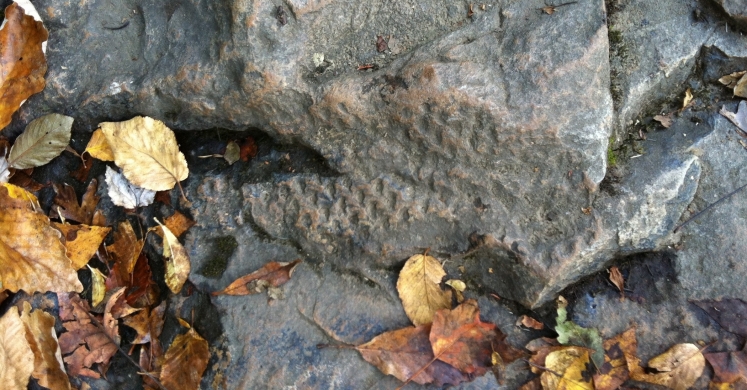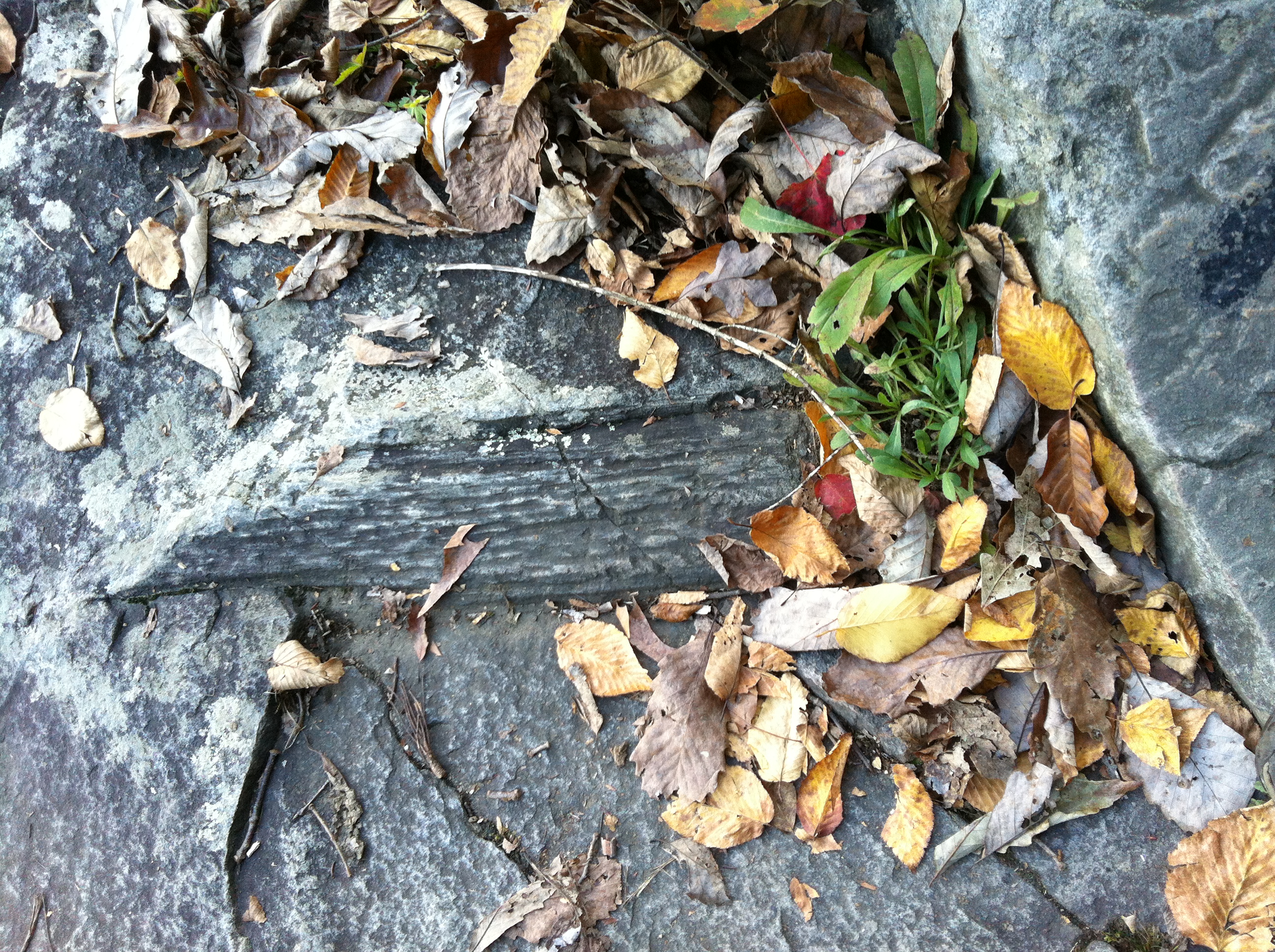Blog

#bioPGH Blog: Carboniferous Pennsylvania
 A resource of Biophilia: Pittsburgh, #bioPGH is a weekly blog and social media series that aims to encourage both children and adults to reconnect with nature and enjoy what each of our distinctive seasons has to offer. From the best times to plant seasonal flora and enjoy their peak blooms, to astronomical events and creatures to keep an eye and ear out for, Phipps will keep you in the know with what’s going on in our environment!
A resource of Biophilia: Pittsburgh, #bioPGH is a weekly blog and social media series that aims to encourage both children and adults to reconnect with nature and enjoy what each of our distinctive seasons has to offer. From the best times to plant seasonal flora and enjoy their peak blooms, to astronomical events and creatures to keep an eye and ear out for, Phipps will keep you in the know with what’s going on in our environment!
With October ended and November underway, most of us are ready to take in the crispness of an autumn breeze with a cup hot cider and a pumpkin donut. It’s strange to think, then, that Pennsylvania hasn’t always enjoyed a temperate climate with changing seasons. Over the ages, what we now know as Pennsylvania has been under oceans and was even a southern tropical swamp for millions of years! Are you ready to take a trip down the Geological Memory Lane to a time when Pennsylvania was not the Pennsylvania we know today?
If we stroll back roughly six to four hundred million years ago, Pennsylvania was mostly under marine waters of the Iapetus Ocean, catching sediments over time. However, during the Carboniferous period, which began 359 million years ago, Pennsylvania became a warm, humid, tropical swamp at the edge of a retreating seaway — nothing at all like our temperate climate today! At this point in time, the continental plates were shifted from their current position, and the area that is now Pennsylvania was actually around ten degrees below the equator. As a bit of perspective, Florida’s Southernmost Point Buoy at the far reaches of the Keys is currently 24 degrees above the equator.
Even if we try to imagine a tropical paradise, though, Carboniferous Pennsylvania would still be something altogether different than what we can picture. Flowering plants didn’t appear until the Cretaceous period, over 150 million years after the Carboniferous; and plants with seeds were still relatively new on the scene. Instead, the tropical Western Pennsylvania of the Carboniferous would have been covered in ferns and huge early trees, and bogs of thick peat abounded. Animals during this time would have included a wide variety of invertebrates, fish, amphibians and sauropsids — precursors to reptiles and birds. It was quite a different world!
Over the next series of periods and epochs, our little patch of Pennsylvania dried out in the middle of Pangaea and later became humid and tropical again as the super-continent broke apart. It would be millions of years before Pennsylvania eventually shifted to the Northern Hemisphere and cooled, and the Ice Ages could be the subject of their very own post! Indeed, Pennsylvania has been through a lot of changes before we reached our modern era of autumns with red and yellow falling leaves. Life on our planet is rarely simple but always amazing!
Connecting to the Outdoors Tip: Interested in seeing a piece of ancient history? On the service road behind the Christopher Columbus Statue (beside Phipps), you can see outcroppings of exposed rock right next to the road. If you look at the rock hillside carefully, you’ll notice two different kinds of rock—the Morgantown Sandstone layer above and the Birmingham shale below (Pitt Geology). If you’d like to learn more, Phipps Conservatory’s neighbor, the Carnegie Museum of Natural History has fantastic displays all about the period. Also, Albert D. Kollar, an invertebrate paleontologist at the museum, suggests exploring City of Pittsburgh Parks, the Montour Trail, and North Park. He does caution that you cannot keep any fossils you might find in a city park, but what better an afternoon than exploring our modern Pennsylvania while learning about prehistoric Pennsylvania? In fact, the image of the extinct calamites plant below is an example from Ohiopyle of the kinds of fossils you might see on exposed rock in our area!

Continue the Conversation: Share your nature discoveries with our community by posting to Twitter and Instagram with hashtag #bioPGH, and R.S.V.P. to attend our next Biophilia: Pittsburgh meeting.
Resources:
The Geology of Schenley Park, David K. Brezenski and Albert D. Kollar, Publication of the Section of Invertebrate Geology, Carnegie Museum of Natural History (available for purchase through Albert Kollar)
Sedimentation in Western Pennsylvania—University of Pittsburgh Geology
PA-DCNR: Common Fossils of Pennsylvania
PA-DCNR: The Geological Story of Pennsylvania
University of California Museum of Paleontology: The Carboniferous Period
Photo credits: Emily Nye, High School Programs Coordinator

